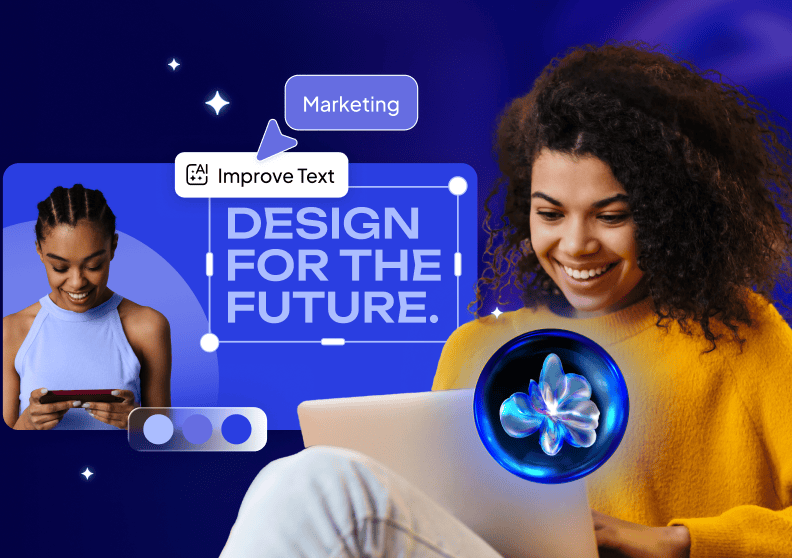AI in Design & Marketing: Navigating the Revolution
Navigating the AI Revolution in Design and Marketing
Welcome to the dawn of a new era in design and marketing where artificial intelligence (AI) is not just an assistant but a co-creator. From automated logo design to predictive market trends, AI’s role is evolving rapidly, offering unprecedented opportunities and challenges. This blog post explores how professionals in design and marketing can navigate and thrive in the AI revolution.
Main Content
Understanding the Impact of AI on Design
In the realm of design, AI tools are breaking new ground by streamlining workflows, offering creative insights, and even generating complete designs.
- Automated Tools: Software that rapidly produces logos, banners, and other elements based on user parameters.
- Creative Algorithms: Systems that can suggest color schemes, layouts, and more by analyzing vast datasets of successful designs.
- Generative Design: The frontiers where AI independently creates complex designs from scratch.
The Synergy of AI and Marketing Strategies
AI’s influence extends beyond design into the very heart of marketing strategies. It offers a tailored approach to reach target audiences more effectively.
- Predictive Analysis: Utilizing AI to predict market trends and consumer behavior with remarkable accuracy.
- Customer Personalization: Crafting personalized marketing messages for individuals at scale.
- Efficiency in Campaigns: Automating repetitive tasks allows teams to focus on strategy and creativity.
Navigating Challenges
While the benefits are vast, integrating AI into design and marketing comes with its own set of challenges.
- Ethical Considerations: Questions about data privacy, consent, and intellectual property rights arise as AI becomes more involved in creative processes.
- Maintaining Human Touch: Ensuring that designs and campaigns retain emotional resonance with human audiences despite being data-driven.
- Skill Adaptation: Professionals need to continuously learn to keep pace with technological advancements.
Conclusion
The integration of AI into design and marketing represents both a significant challenge and an immense opportunity. By automating mundane tasks, providing deep insights through data analysis, and pushing the boundaries of creativity, AI tools enable professionals to achieve more than ever before. However, navigating this new landscape requires a thoughtful approach that considers ethical implications, maintains a human-centered focus, and embraces lifelong learning. As we look toward the future, one thing is clear: those who adapt will find themselves at the forefront of their industries.








